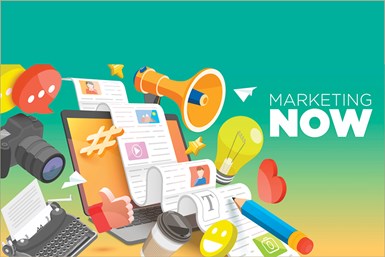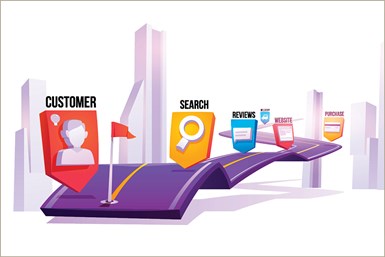Get Emotionally Smart and Meet Demands of Modern Marketing
Modern marketing involves far less whiskey guzzling and far more data and introspection. So let’s explore the emotions behind the journey and focus on steps to gain emotional intelligence and meet the demands of modern marketing.
#brandbuilding #customerfocus

Goodbye, Mad Men. Hello, emotional intelligence. Modern marketing involves far less whiskey guzzling and far more data and introspection.
So let’s explore the emotions behind the journey.
Traditionally, marketing has been seen as a simple act of promoting and selling products or services. Whether sales were made by invoking fear, introducing famous spokespeople, or rolling out snappy tag lines, marketing meant using a gimmick to make money. Those days are over. Modern customers are smarter — and far more discerning.
Follow these steps to gain emotional intelligence and meet the demands of modern marketing.
Step 1: Redefine Marketing. Stop trying to make new marketing formats follow old marketing rules. Social media is a prime example. Far too many companies still think a social media presence just means posting traditional media online. The format and utility of digital consumption is too unique to simply place your digital brochure on Facebook. New mediums require new approaches . . . several approaches and several new resources.
Step 2: Embrace storytelling. Stories are more powerful than pitches. Even in a field — like manufacturing technology — that may initially seem to be more about machines than making connections, there are powerful stories everywhere that are worth telling.
The manufacturing technology industry is ripe with stories of success, perseverance, and failing first and succeeding second (or third). You don’t have to look hard to find tales of strong relationships, powerful inspirations, and unparalleled dedication. Look around your shop floor and to your dedicated employees to find stories that resonate.
Trust us. You have great stories. IMTS Network showcased the incredible people who are the heartbeat of the industry throughout a full week of programing in September. And we’re still seeking — and finding — stories. Check it out at IMTS.com.
Step 3: Tap into emotions as a motivator. Ultimately, marketing is all about motivation. And few things are more motivating than emotions. Storytelling works because it elicits real emotions. Make a customer feel, and you can make them buy.
Help prospects see themselves in your testimonials. Show future customers your connection to the community with visual storytelling. Showcase the real people on your shop floor and highlight their true stories of success and ingenuity.
Step 4: Create a New Matrix. You have to think about how new methods will fit in or change your traditional marketing matrix. The key challenge is understanding ROI, so resources can be allocated to maximize performance. This starts with understanding the customer journey and how they are feeling at each step of the process. Why do customers come to you? What do they need? Are they frustrated, eager, confused? Why do customers leave your company? Are they angry, disappointed, or just not engaged?

Once you pinpoint action points and the emotions associated with them, you’ll need to identify tasks that can be automated in the marketing process. For instance, certain tasks are common to most customers and therefore require a lot of time from marketing staff. Think about things like email responses or scheduled follow ups that could be automated. You also should consider developing FAQs to be addressed through your website and on social media. Automating repetitive tasks will give your marketing team more bandwidth to focus on experiences — on telling your company’s story and building emotional connections with customers and prospects.
With more time, marketing professionals can also make use of new tools where manufacturing technology experts and customers come together to learn, network, and get things done. Visit IMTS.com.
Need more information?
Phone: 703-827-5215
Email: info@imts.com
RELATED CONTENT
-
Marketing Messages That Cut Through The Noise
We’ve talked about customer journeys, emotional intelligence, and finding and retaining customers. You’ve tuned up your marketing messages. Now it’s time to decide where to place them, so customers tune in. In a world with endless channels of information, how do you become a source of knowledge — not noise? One step at a time.
-
Marketing: New World, New Rules — Think Fast
No matter what approach you use to evaluate your marketing, you have to be willing to act. If something is working, keep going. Things that sort of work may benefit from tweaking and further testing. If something fails out of the gate, abandon it — fast. It’s time for a new marketing scheme—one that is digital, agile and tested. We’ll focus on digital marketing and failing fast. Innovate, experiment, reevaluate, and repeat with these easy steps.
-
12 of the Best ‘Contact Us’ Page Examples You’ll Want to Copy
Your 'Contact Us' page is one of the top four most important pages on your website. It's typically one of the most visited site pages. Here are 12 examples of some of the best 'Contact Us' pages. Think about how you can incorporate some of these ideas into your own contact page design.

